Creeptober Day 8: House (1977)
Take a trip to Japan for day eight of Creeptober with one of the most wildly entertaining haunted house movies ever created!
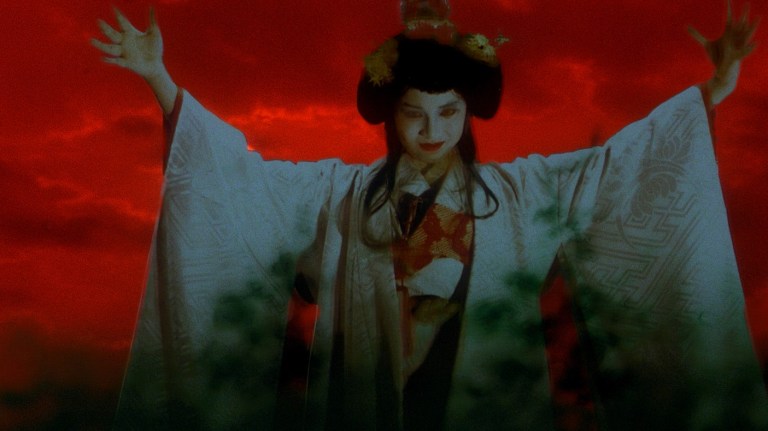
Every Halloween movie marathon needs a good haunted house movie. With House, we’ve picked one of the best haunted house movies for Creeptober. If you’ve never seen this amazing Japanese film, then you’re in for a treat. And if you have seen House before, you’re also in for a treat because it’s fantastic and worth watching over and over!
Read on for our thoughts on House as well as a recap of the movie, and join the conversation on our Facebook, TikTok, and Instagram!
Reacting to House
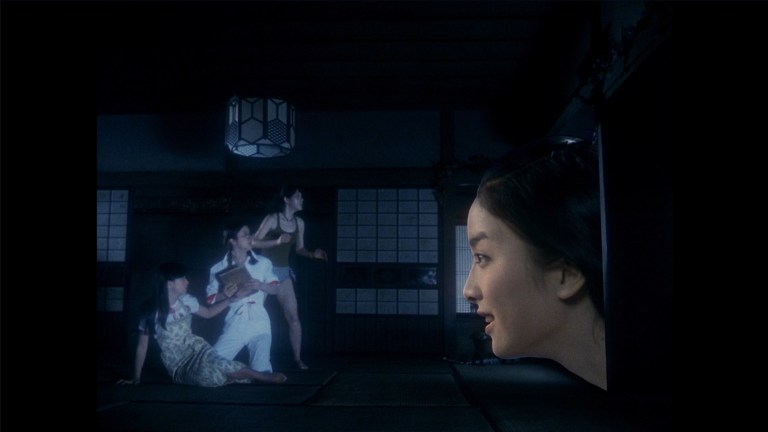
House is one of my favorite movies ever. I watch it fairly often, and I love it just as much every time I see it. I love it because it’s weird and wild, sure, but also because it’s an exceedingly smart film. The brilliance of House begins with the director and conversations he had with his daughter.
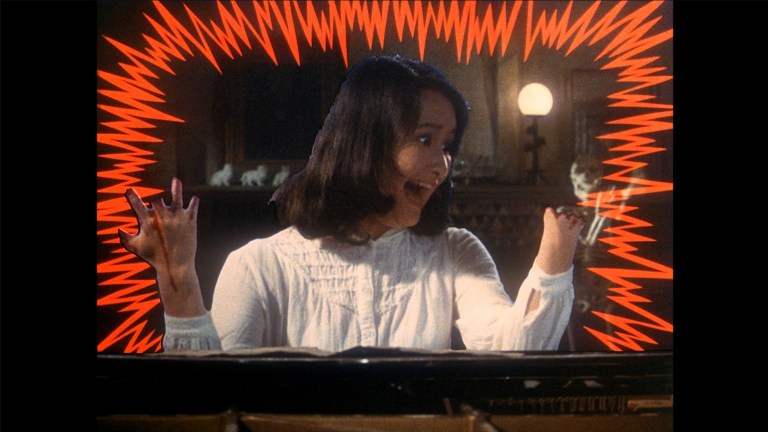
Director Nobuhiko Obayashi was asked by Toho, one of the major Japanese movie studios, to develop a horror movie as a way to try to mimic the success of the American smash hit Jaws (1975). Obayashi didn’t want a conventional story, so he asked his young daughter, Chigumi, what she thought was scary. Many of the spooky moments in House come directly from her ideas, including futons attacking a girl, a piano eating someone, and a human head that takes the place of a watermelon.

But house isn’t a children’s horror movie. It is very much a movie meant to be enjoyed by audiences of all ages. It is playful in a way that should hopefully elicit childlike joy from adults, but it also contains themes that touch on heavy ideas. Obayashi was born in the Hiroshima prefecture of Japan in the late 1930s, and his life was directly affected by the bombing of Hiroshima city in World War II. In House, Obayashi uses the bomb, and by extension the war, as a representation of the divide between generations.
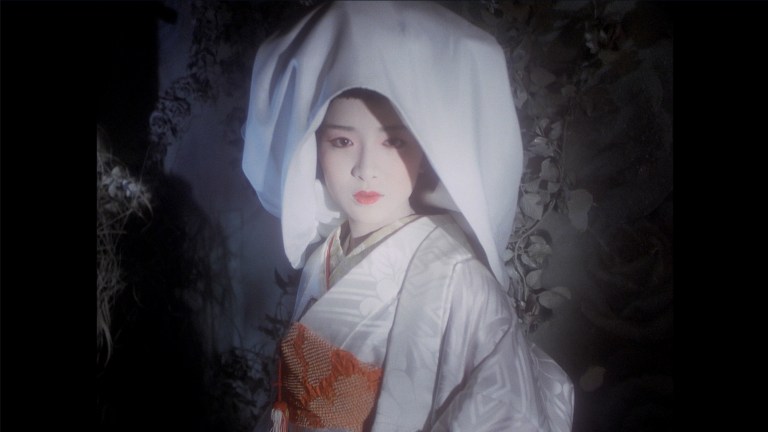
Auntie’s life was never the same after WWII, and she was stuck in a kind of limbo. However, Gorgeous’s generation grew up well after WWII, and their view on life is completely different. The girls’ energy contributes to bringing Auntie and her house back to a semblance of life. Though Auntie and her guests are in conflict with each other for most of the movie, when it’s all over we realize that some things, like love and longing, are universal. They bring the generations together.
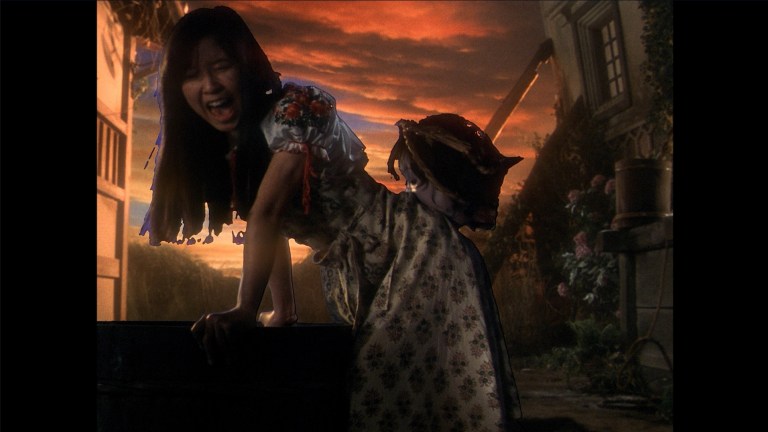
The way Obayashi presents his ideas about the bridging of generations is fascinating when you consider what House is within the context of Japanese cinema. The movie was made at a time when the big film studios were in a period of transition that the studio heads weren’t necessarily happy with. Television was enticing audiences away from movie theaters, and the gap in more classic-style cinema was increasingly filled with exploitation films. Obayashi, who made his living directing TV commercials, made House as a movie that would appeal to younger sensibilities, but at its core it is a classically-told story.
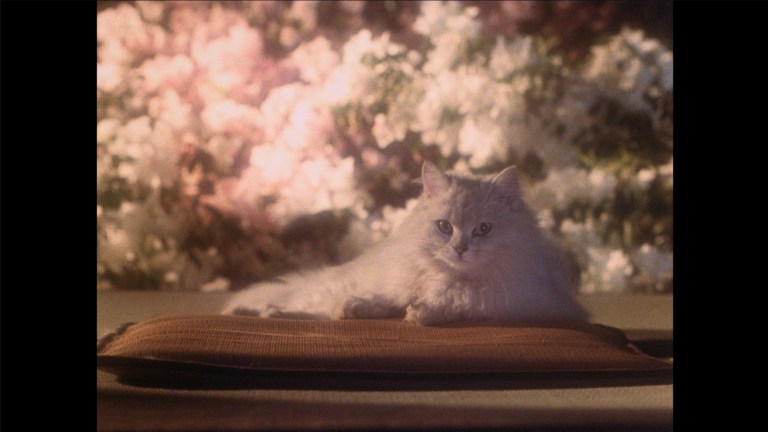
The foundation of House lies in traditional Japanese ghost stories. Specifically, the movie utilizes an onryo (a vengeful spirit) in the form of Auntie, and a bakeneko (ghost cat, or changing cat) in the form of Blanche. Movies about spirits like these date back to the earliest Japanese films, and the stories those movies are inspired by are centuries older. If you look at classic Japanese movies like Ugetsu (1953) and Kuroneko (1968), you can see a couple of the closest examples in the lineage House is a part of.

So, House isn’t just a weird movie. It’s a movie that combines traditional ideas, experimental styles, and a youth-driven aesthetic. It is the perfect bridge between the younger and older generations of Japanese cinema. This is proven to be true not just by the widespread acclaim the film receives in modern discussions, but also due to the fact that it was a surprise hit in theaters when it was released in Japan. The studio didn’t believe in House, and neither did many of the crew members who worked on it (despite admitting that they had fun making it). But the audience loved it, and it inspired many future filmmakers.
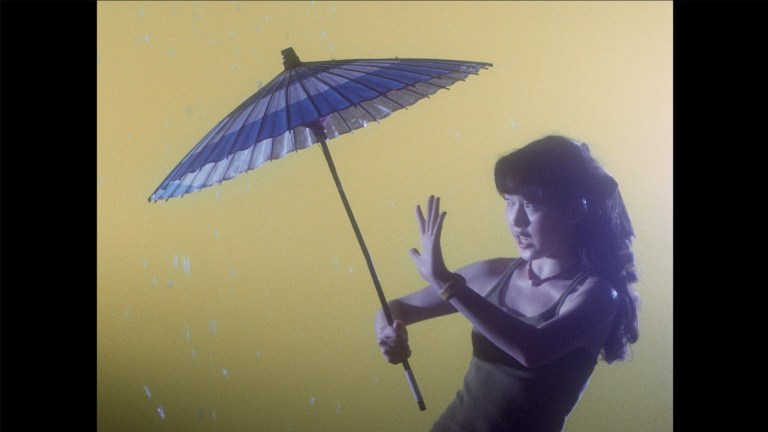
I could talk about House all day. There is so much more to analyze, but this is already getting quite long for a simple reaction to the movie. So I’ll end this with an emotional response to the movie. House makes me happy. I adore every minute of it, from the music to the special effects to the story. It’s all amazing, and I never get tired of it. I can’t really say what my favorite part of the movie is. On this most recent viewing, the sequence when Kung Fu is caught in the light fixture and Prof and Fantasy are reaching up towards her stood out as a moment of pure joy. But that feeling happens many times throughout House, and at a different spot nearly every time I watch it. House is a great Halloween-season movie, but I don’t think I’m going wait another year before I watch it again.
House – A Recap
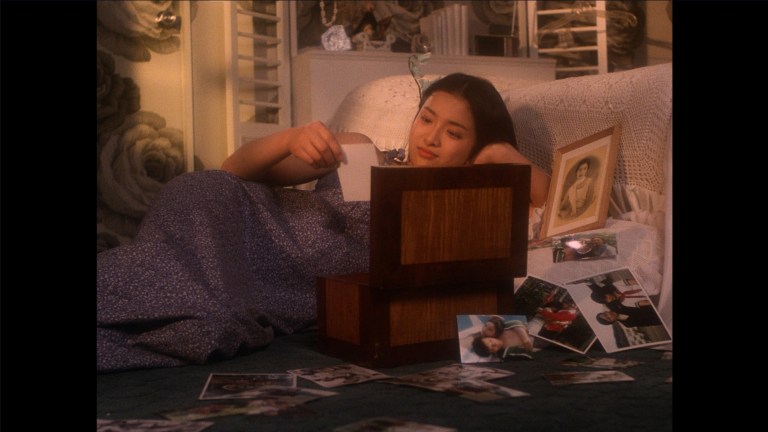
House is basically a haunted house movie, but it’s unlike any haunted house movie that came before it. The story begins with a schoolgirl by the name of Gorgeous (her name is Oshare in Japanese, which means “stylish”). Summer vacation is coming up, and she has plans to go on a trip with her widowed father. When her father informs her that he’ll be bringing his new finacé with them, Gorgeous refuses to go on the trip. While sulking in her room, Gorgeous reminisces about her mother and remembers her aunt whom she hasn’t seen in years.
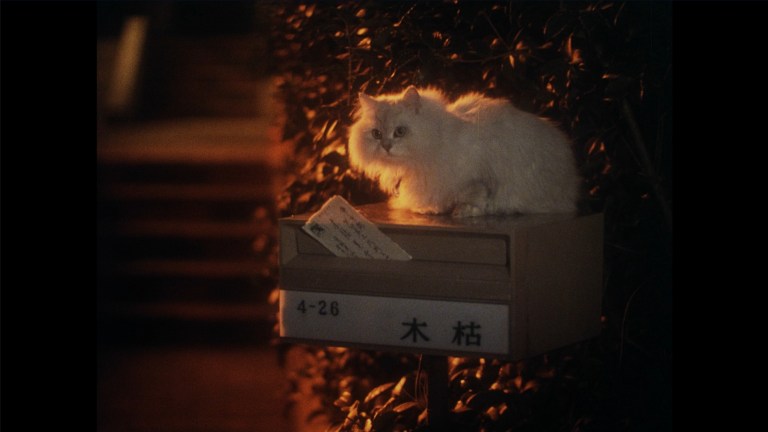
The next day, Gorgeous overhears that six of her friends have had their summer vacation plans canceled. Suddenly, she has an idea. Gorgeous invites her friends to go with her to visit her aunt at her house far away from the city. That night, Gorgeous writes a letter to her aunt (whom the English subtitles refer to as Auntie) asking for permission to visit. A cat appears in her room after Gorgeous writes the letter—the cat is called Blanche in English, but is Shiro (meaning “white”) in Japanese—and the cat appears again when a response letter is received. Auntie is happy to host the seven teenage girls. In fact, she has been hoping that Gorgeous would write to her for years.
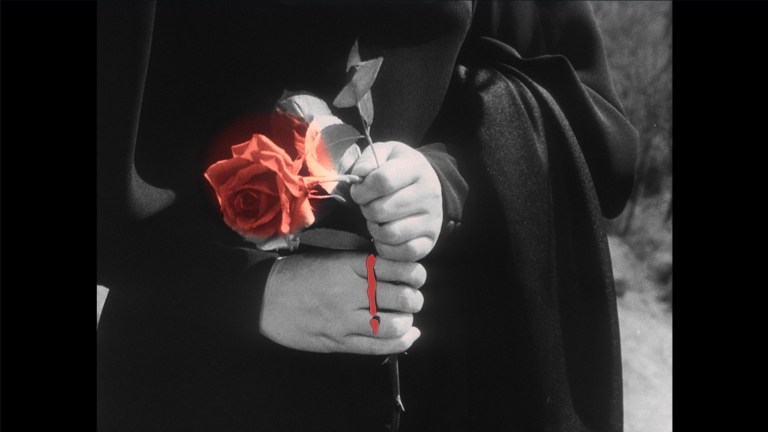
While traveling, Gorgeous tells her friends the story of her mother and her aunt. Years ago, Auntie was engaged to be married, but her fiancé went away to fight in World War II and never returned. Auntie’s sister (Gorgeous’s mother) married after the war and moved away, but Auntie continued to wait for her fiancé. All alone after so many years, Auntie remains in the same house in the countryside, still waiting for her love to return.
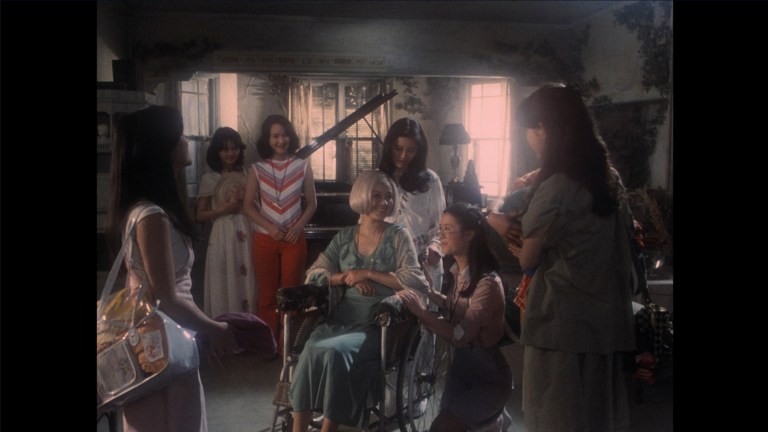
Gorgeous and her friends Melody, Fantasy, Prof, Sweet, Kung Fu, and Mac arrive at Auntie’s house. Despite the building being a bit rundown and dirty, everyone is happy to finally be at their destination. It isn’t long before Fantasy—a girl with a wild imagination—begins to suspect that something isn’t right. Her friends dismiss her concerns, but when the girls begin going missing one by one, they start to believe her. Mac is the first to go, with Fantasy finding her head hanging in a well where a watermelon was supposed to be. Sweet is next, disappearing after being attacked by a stack of futons. Then it’s Melody’s turn. She is eaten by a piano.
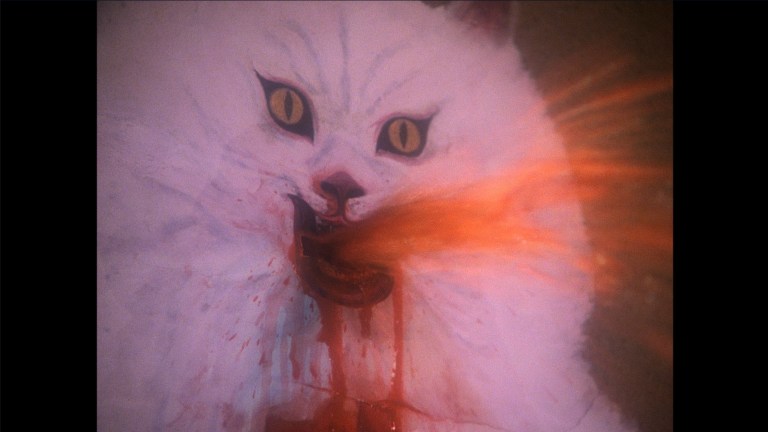
Gorgeous begins acting strangely, leaving the remaining girls to figure out what is happening and how they can escape. The trio of Fantasy, Kung Fu, and Prof fight against the forces in the house which are represented by the cat, Blanche. It is revealed that Auntie is actually a ghost who feeds on the hopeful energy of youth, and, ultimately, all of Gorgeous’s friends are taken by the house. Gorgeous remains there as well, possessed by the spirit of her aunt (or she possibly is the spirit of Auntie taking the form of Gorgeous, depending on your interpretation).
Keep Up with Creeptober!
- The entire list of 31 movies is here: Join Us for Creeptober: 31 Horror Movies in 31 Days
- Discuss on Facebook
- Even more on TikTok and Instagram
